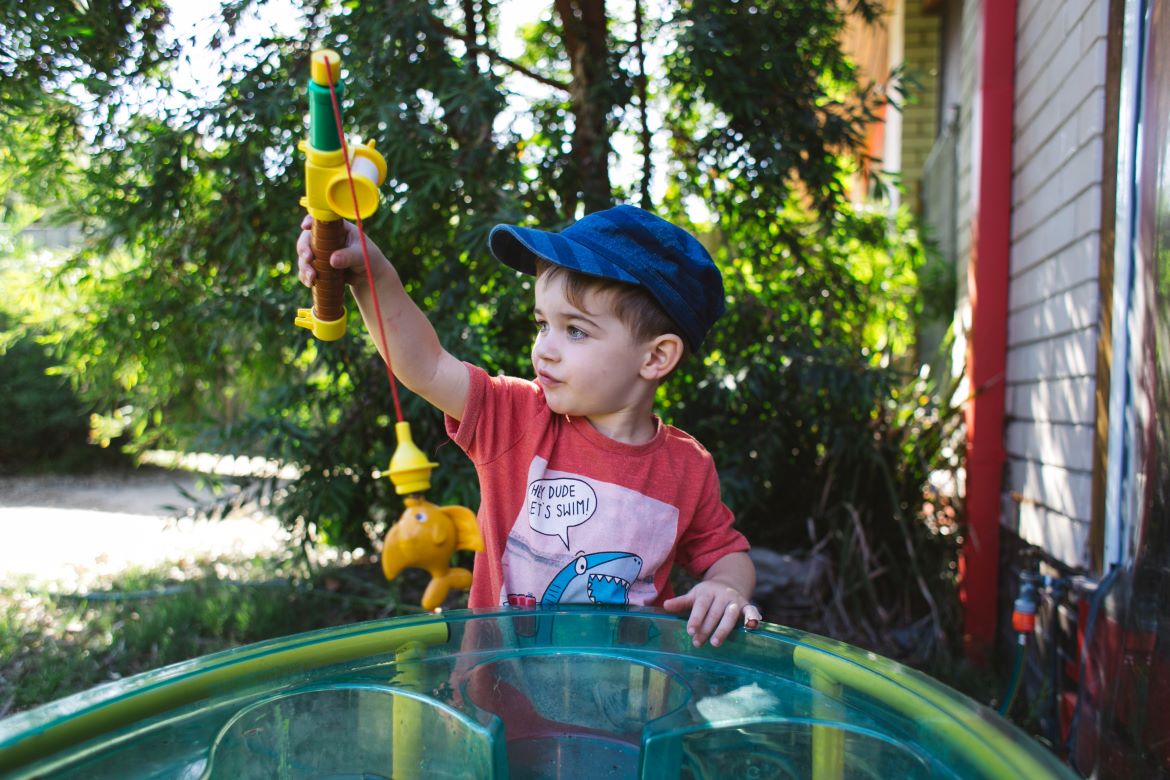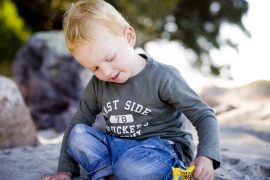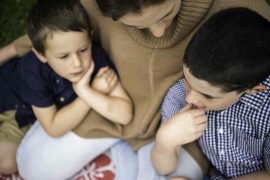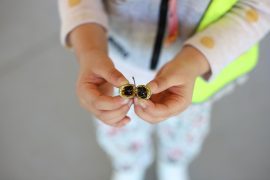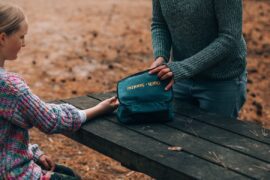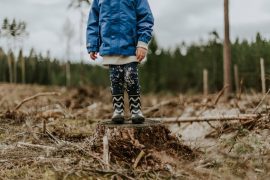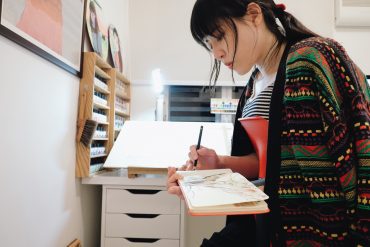By Sarah R. Moore
Child-led learning is an approach to education that differs from more structured teaching, wherein children learn by pursuing their interests rather than by following a particular schedule that an adult drives. The adult’s role is essentially that of a facilitator.
If it seems contradictory to the brick-and-mortar approach of many school systems, it’s because it is a different way of learning. Indeed, it’s difficult for most mainstream schools to follow this approach with their inherent barriers to offering students one-on-one or consistent small group instruction. There simply aren’t enough teachers to go around and their resources are limited. Further, there may be a global shortage of educators by 2030 (source). That said, some schools can implement child-led learning successfully (such as many Montessori schools, for example), and many homeschoolers use it quite successfully.
When can child-led learning begin?
The short answer is at birth. It happens naturally when children are babies.
They learn to roll over on their own schedule, then walk and talk. We trust them to do those things when they’re ready, rarely needing intervention.
The adult’s job is simply to provide an enriching environment where they can practise those activities. Once they’ve mastered those skills, children learn primarily through play.
What is child-initiated play?
As kids grow, child-led play happens naturally and as their primary mode of learning. We notice our toddlers stacking cans of cat food, for example, and realise they’re not only building towers, but also exploring basic physics: weight, size, and gravity. They’re not just stacking objects.
The opposite of child-driven play is, of course, adult-initiated play. Using the cans of cat food to continue the illustration, an adult might intervene by adding instructions, such as, “Stack three in one pile and four in the next.” Kids don’t need directions when it comes to play; they’re natural experts at it. In fact, we risk interrupting their learning if we drive too much of what we think they should be doing.
“…Play is how our instinct to become educated manifests itself, a concept that is supported by more than a century of research and observation performed by the brightest names in education, from Dewey and Piaget to Montessori and Vygotsky. But as to the question of ‘what’ children are learning at any given moment, the only one who knows that is the person who is playing, and the moment we interrupt them to ask, the moment we test them, we forever change it. It’s version of what in physics is called the ‘observer effect.’ As humans play, they are unconsciously asking and answering questions as they emerge, pursuing trains of thought, playing with variables, theorising, making connections between one thing and another. The moment another person steps in with his own questions, that pursuit stops, and when the questioner is in a position of authority, like a teacher or parent, those questions become an imperative…” (source)
It’s to their benefit that we not direct or “over-teach” them. They know best what they’re learning.
Once again, our job is to provide the flexibility and the resources for them to explore their environment.
But what about older kids? They don’t play so much anymore and they need to learn things.
This is true if we consider it from the perspective of playing with toys. Indeed, eventually, kids trade their toy trucks and stuffed animals for other activities. A 10-year-old isn’t going to stack cat food. However, it’s not necessarily true that “play” stops as a child ages; it simply manifests differently.
“Play is something done for its own sake,” Dr. Stuart Brown, head of the National Institute for Play, explains. “It’s voluntary, it’s pleasurable, it offers a sense of engagement, it takes you out of time. And the act itself is more important than the outcome.” (source)
Older child play often manifests in their interests and hobbies. Perhaps a child enjoys music, sports, science, or reading.
This “play” is every bit as important for the child’s learning and development.
One of the best ways to help children learn new things is to explore the topics to which they’re naturally drawn.
Max out the library card; watch every documentary on the subject. See if an expert (live or museum) is dedicated to teaching the aspects of whatever your child enjoys most. Exposure, exposure, and more exposure will help your child become a passionate subject matter expert. The point is not to force it.

